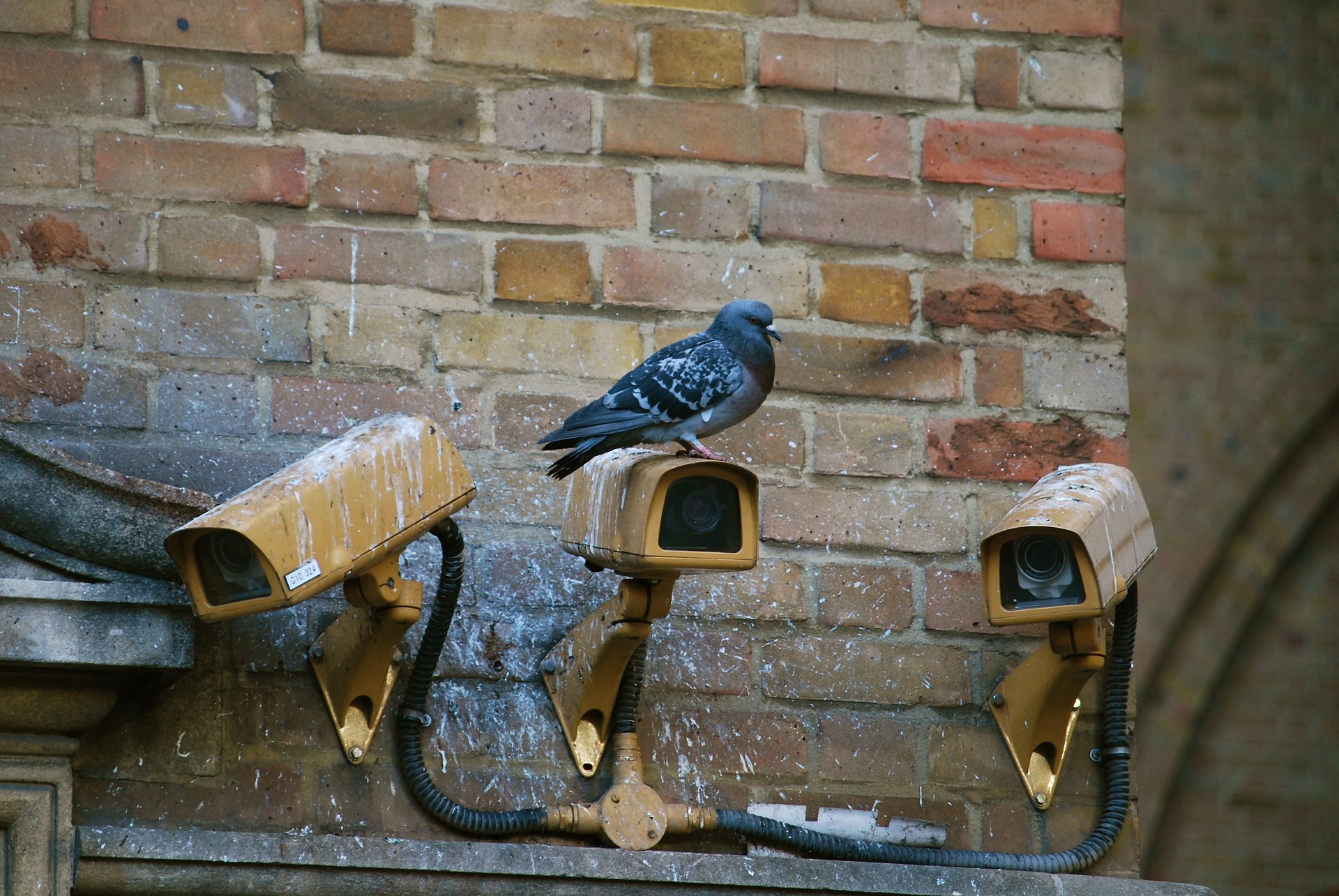Not many people know this about me, but I started my work life doing a joinery apprenticeship. My dad was a career joiner and I began working with him when I was a teenager. It wasn’t always much fun – at that age you get all the jobs no one else wants to do like crawling in loft spaces – but the work was honest and there was plenty of job satisfaction to be had. However, one winter, in Worksop, whilst digging in frozen-solid ground for the shutters needed for the foundations of the new Bassetlaw hospital extension, I had a moment of clarity. Did I really want to spend the rest of my life doing this? No! My next full-time job was working as a bench-joiner building furniture for banks and supermarkets. Now this job I loved! Not only was it indoors, but the work was interesting, my colleagues were goof fun, and there was even more job satisfaction to be had. It’s a great feeling looking at a well-crafted piece of furniture you’ve made practically from scratch. And my life would have panned out very differently if by a twist of fate, the company lost a contract and they had to let some of the workers go – last ones in, first ones out. And that was the end of that chapter of my life. I moved to France a few weeks later and didn’t end up back in Sheffield until 7 years later.

I may not work with wood anymore, but I do still know my way around a joinery workshop. Back in the days of shop furniture we’d be using a lot of chipboard and wood-effect laminate. Why? Because it was cheap and hard-wearing. However, if you’re more interested in making something authentic and beautiful, you’d probably be looking at using solid wood instead. However, the problem is that large, solid, real-wooden boards are expensive and potentially contain weaknesses like knots. A good alternative is finger jointed panels as this provides incredibly large panels up-to 6 metres and in a range of different woods such as beech, ash, oak, maple or walnut. This allows you to not only save time but it’s also often a much cheaper alternative. And many people also like the ‘striped’ effect you get!

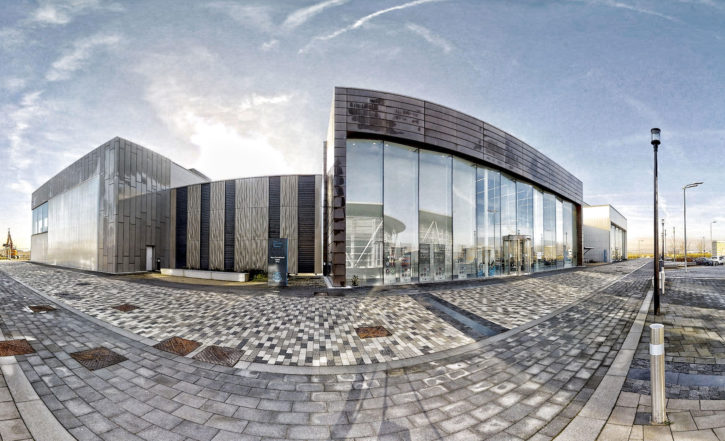





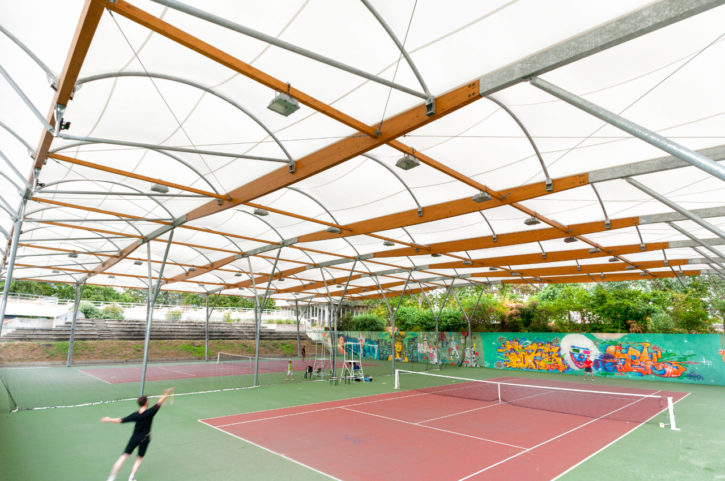
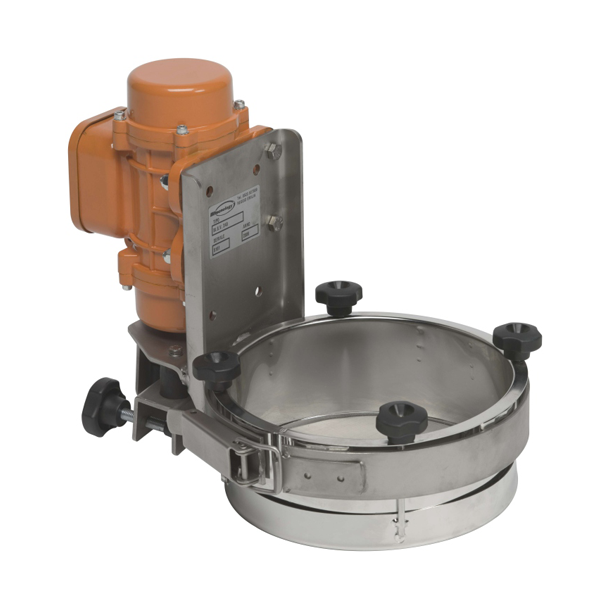
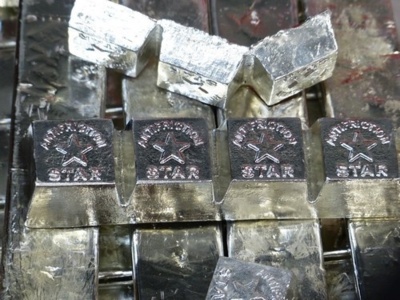
 For many metal fabrication purposes, aluminium is relied up on for its versatility, strength, and often, its corrosion resistance – used in hundreds of applications right the way through from ship-building all the way to aerospace manufacture. However, certain procedures must be followed during the welding process to ensure proper application, for example, pre-cleaning procedures, careful control of heat input, and use of appropriate welding equipment. However, one of the most important considerations is the use of the proper filler metal.
For many metal fabrication purposes, aluminium is relied up on for its versatility, strength, and often, its corrosion resistance – used in hundreds of applications right the way through from ship-building all the way to aerospace manufacture. However, certain procedures must be followed during the welding process to ensure proper application, for example, pre-cleaning procedures, careful control of heat input, and use of appropriate welding equipment. However, one of the most important considerations is the use of the proper filler metal.
